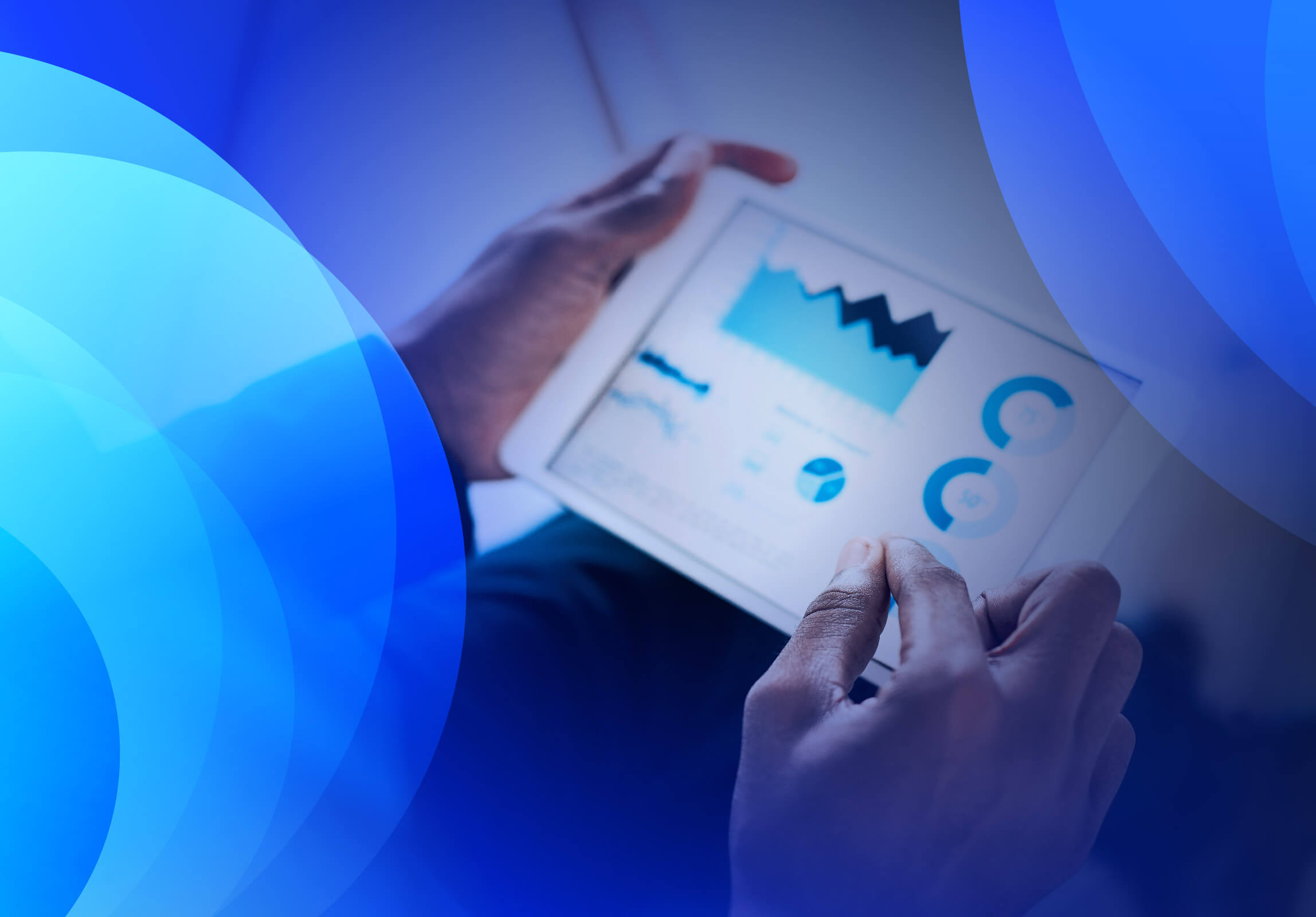Do you have a question? Want to learn more about our products and solutions, the latest career opportunities, or our events? We're here to help. Get in touch with us.

Do you have a question? Want to learn more about our products and solutions, the latest career opportunities, or our events? We're here to help. Get in touch with us.
We've received your message. One of our experts will be in touch with you soon.
Data visualisation is the art of presenting data in a way that's easy to understand. Good data visualisation and modern data-discovery tools can help place real-time insights into the hands of your decision makers.
Datacom can help you transform your data into insightful reports and dashboards. These will reveal trends and patterns hidden beneath the surface.

Data visualisation makes the complexities of data sets clear. When trends or patterns are easier to spot, data analysis becomes less complicated and people draw insights faster.

Data visualisation makes the complexities of data sets clear. When trends or patterns are easier to spot, data analysis becomes less complicated and people draw insights faster.
Interactive data puts the user in the driver's seat. By using data-discovery tools they'll find trends that can help drive success and improvement.
This is the ability for information to be accessible to the average end user. The goal is to enable non-specialists to gather and analyse data without needing technical help.
Specialist across a range of business intelligence technologies, including Power BI and Tableau.
As with any tool selection in your data architecture, there isn’t a one-size-fits-all option. You can figure out how to choose the right data visualisation tools by considering these questions:
Flashy visualisations aren't always optimised to help people see what matters. The choice to use these rather than accurate data visualisations is problematic. Data provides a crucial foundation for an organisation's decision-making and how it operates. It lets an organisation characterise their operations in new ways and drive innovative discoveries.
A data story accounts for how data changes over a period of time. It contains data points on time, location, volume, trend, significance, and proportion. It uses empathy, and it has a plot and a hero. It ends with a question and some options.